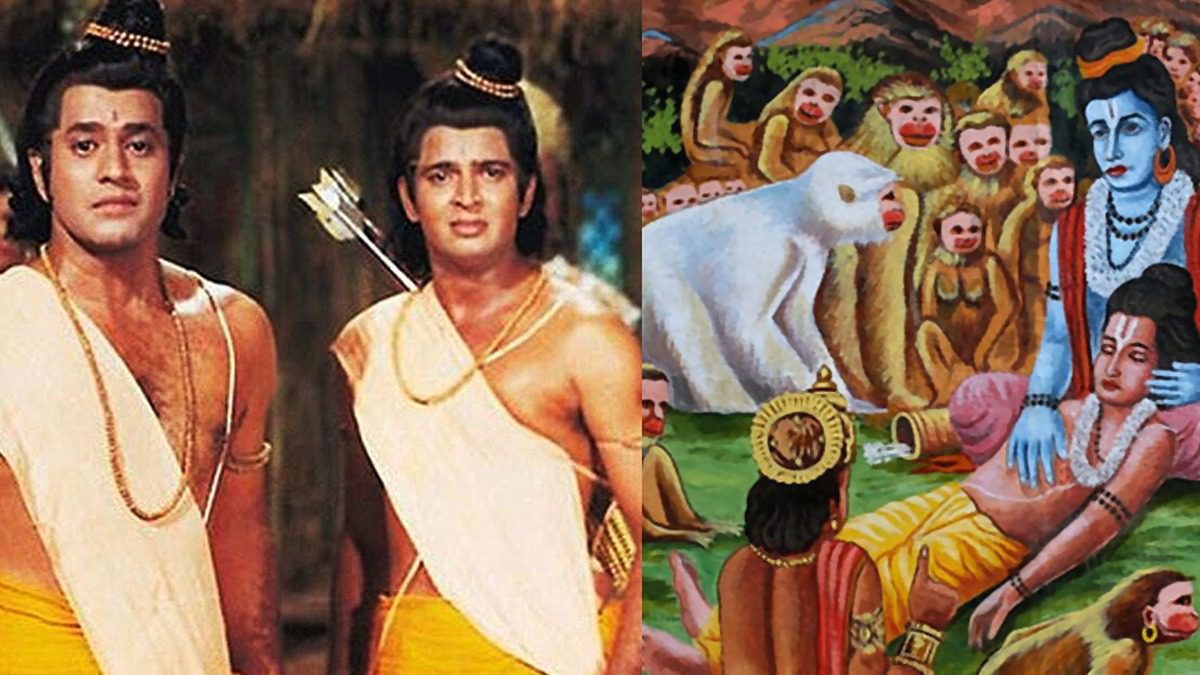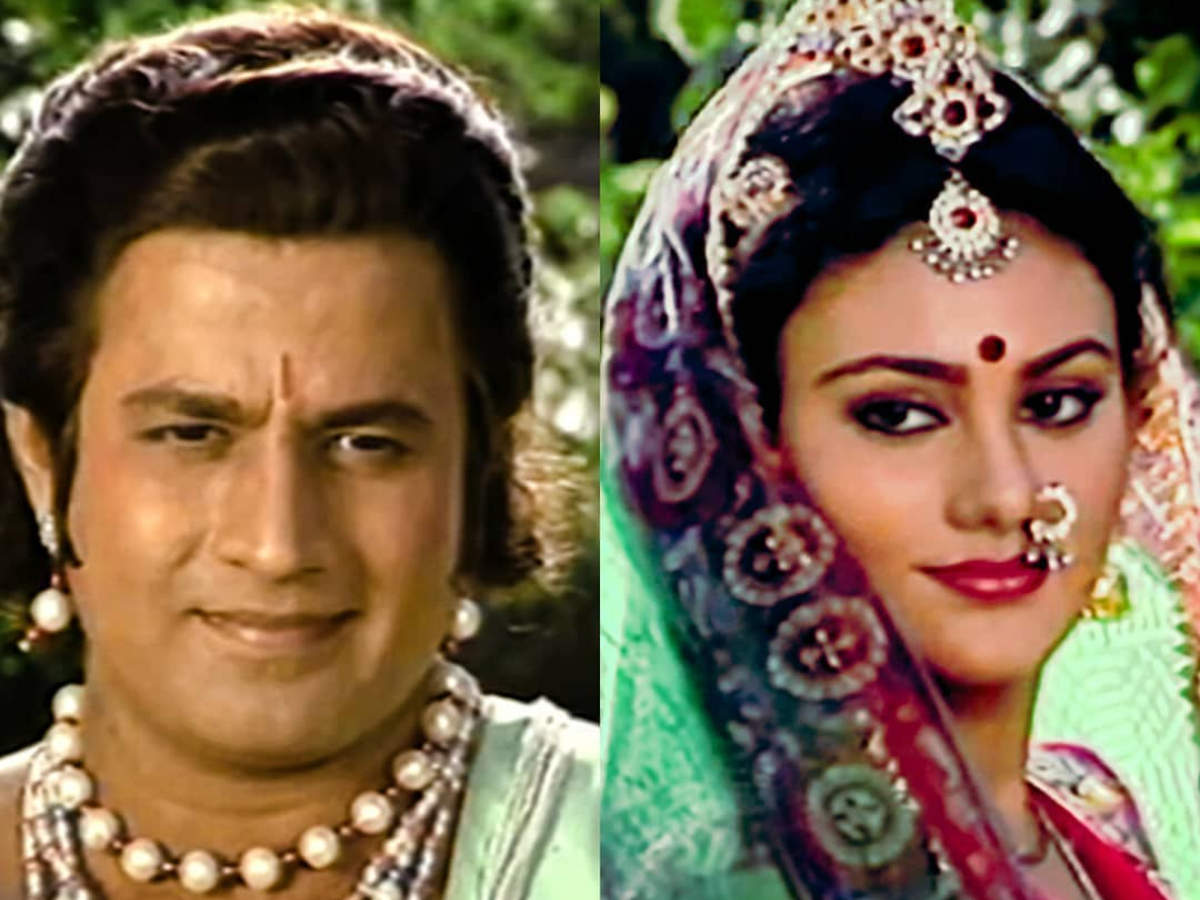
We all know that Shri Ram was an incarnation of Lord Vishnu, who took birth as a human on earth. The ‘victory of good over evil’ might not have been possible if Lord Ram had not been friends with the vanaras. Then comes Hanuman, whose devotion showed him a new path. It was Sugriva’s loyalty that saved him from his brother Bali. It has taught us that in friendship, loyalty plays a major role. From the monkey king Sugriva's bond with Lord Ram to Lord Rama with Hanuman, Ramayana never fails to express the feeling of belongingness two people have in a friendship. However, one more important thing that Ramayana has taught us is friendship. Through many tales, we have learned about ‘the victory of good over evil’. With its initial telecast, it gained a viewership of 40 million and brought in 23 crore revenue for the channel.We celebrated Dussera this month. Moreover, it was even included in the Limca Book of Records as the highest-watched mythological series.
RAMAYAN SERIES
It was shown in 55 nations and achieved a total viewership of 650 million, thereby becoming the most-watched television series of India. 5] RatingsĪmong several other Indian television series of that era, Ramayan broke all records. Later on, Arvind Trivedi (Ravana) and Deepika Chikhalia (Sita) ended up being members of parliament. The series tool a political turn as Arun Govil (the person who played Rama) and Sagar were constantly coaxed to court the BJP and Congress for campaigning. He was of the opinion that the execution of the story was not up to the mark and he questioned Ramanand Sagar about whether he portrayed Ramayan or Ram-Leela. This series confirmed to the idea of the rise of BJP (Bharatiya Janta Party) as they capitalized on Hindu awakening.Īs far as the initial doubts about the airing of the series by a broadcaster owned by the government, its producer reported that several people within the office of the channel were not supportive of the idea. He mentioned that the government had breached a taboo on religious bigotry and the Hindu nationalists had taken the best use of the opportunity.

RAMAYAN TV
In another write-up in The Telegraph, it was said that in a village in South Asia, several hundreds of people would surround themselves around one TV set to watch the demons and gods fight each other to shape their own destinies. A reporter from BBC remembered that when the series started getting aired on television, streets would remain deserted, shops would remain closed and there were even people who bathed their TV sets with garlands. Media had documented perfectly well the success of the series. The popularity of the show spanned through several religions as it was watched by people belonging to Islam religion. Though it started off at 50%, gradually, it reached 80% within few months of being aired. With regards to Ramayan, this figure was constantly maintained from the very beginning. The programmes that were aired at the same time like Hum Log and Buniyaad had achieved 80% viewership occasionally. 3] How the series was received by the audienceĬonsistency was the most unique factor of Ramayan, as mentioned by the media director of Hindustan Thompson Associates, D.K Bose. Both Mahabharat and Ramayan were aired at the same time but it was later on decided to start Mahabharat after Ramayan ends.

However, due to extreme demand, it was extended to 78 episodes.

The series had 52 episodes of 45 minutes each. He even wrote a letter similar to this to B.R Chopra about producing the series Mahabharat which is based on another Indian epic with the same name. Gill even added that Ramanand Sagar’s main challenge would be to see the epic through the perspective of a modern man and then relate the spiritual and emotional message with the needs of our generation. Ramayan was going to be ideal as it is the best example of social and moral values and the message that it shared was universal and secular. He also added that while writing the letter to Ramanand Sagar, he had mentioned about Ramayan as a key subject for TV series. On the completion of the telecast of this final episode, S.S Gill, former bureaucrat wrote for the Indian Express where he expressed his wish to work with Ramanand Sagar in this project. During 1987-88, Ramayan was touted to be the costliest TV show that was ever produced as they had a budget of approximately 9 lakhs per episode.


 0 kommentar(er)
0 kommentar(er)
